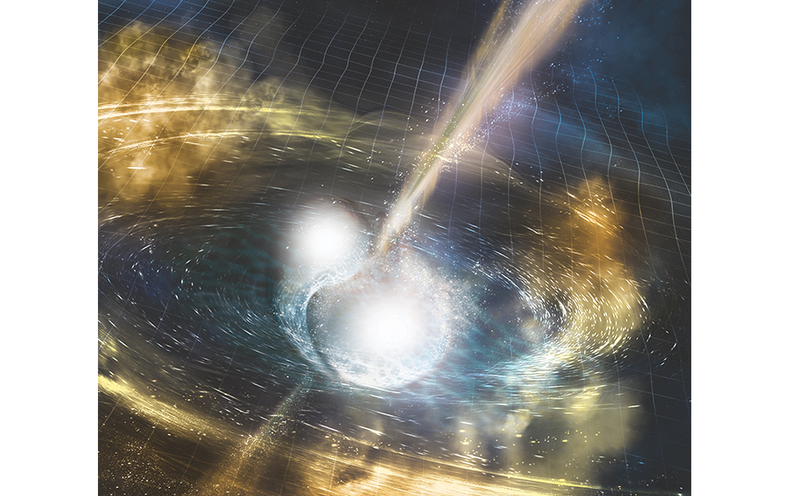

In the past some have theorized that neutrinos may be longitudinal waves similar to Tesla's waves. In particular, Nikola Tesla in the early part of the twentieth century Tesla had measured superluminal speeds of c × π/2 (or 1.57 c for the longitudinal waves he radiated around the world from his magnifying transmitter monopolar antenna towers. So now the wave velocity becomes v' = c + v ether , where v ether = the forward velocity of the wave's local ether matrix. Namely, it predicts that such longitudinal waves should travel at superluminal speeds since the shock that forms the wave's leading edge propels the wave's ether substrate forward in the direction of travel. These experiments support the subquantum kinetics physics methodology (SQK) which teaches that certain types of waves can travel faster than the speed of light. Regardless of whether or not neutrinos really do break the speed of light barrier, past experiments have shown that high voltage electric field shocks, variously termed Coulomb waves, Tesla waves, or scalar waves, do break the speed of light barrier. We will have to wait and see what response their paper receives. He notes that effects such as the Sagnac effect due to the Earth's rotation, unaccounted for variations in gravity potential along the route taken by the calibration clock, relativistic effects to the calibration clock during acceleration and subsequent deceleration in the course of its transport, in total could have accounted for the 60 nanosecond time discrepancy that was observed. He suggests that the researchers did not take into account various relativistic factors which could alter the timing of the GPS synchronized atomic clocks at each site and of the atomic clock that was moved from CERN to the Italian destination 732 km away to check their timing. However, Carlo Contaldi questions the conclusions of the CERN-OPERA experiment in his preprint.

Since relativity is a mainstay in the standard physics paradigm, a pillar on which the framework of contemporary physics theory has been constructed, these results threaten its collapse and with it the construct of relativistic cosmology. These results call in question the validity of the special theory of relativity which holds that nothing can travel faster than the speed of light.

So whereas light and electromagnetic waves of all frequencies are measured to travel about 300,000 kilometers per second, these neutrinos were found to travel at 300,006 kilometers per second, arriving at their destination about 60 nanoseconds sooner than expected. On September 22nd scientists at CERN announced that they had clocked the speed of neutrinos over a 732 kilometer distance and found that surprisingly they travel at 0.0025% faster than the speed of light.


 0 kommentar(er)
0 kommentar(er)
